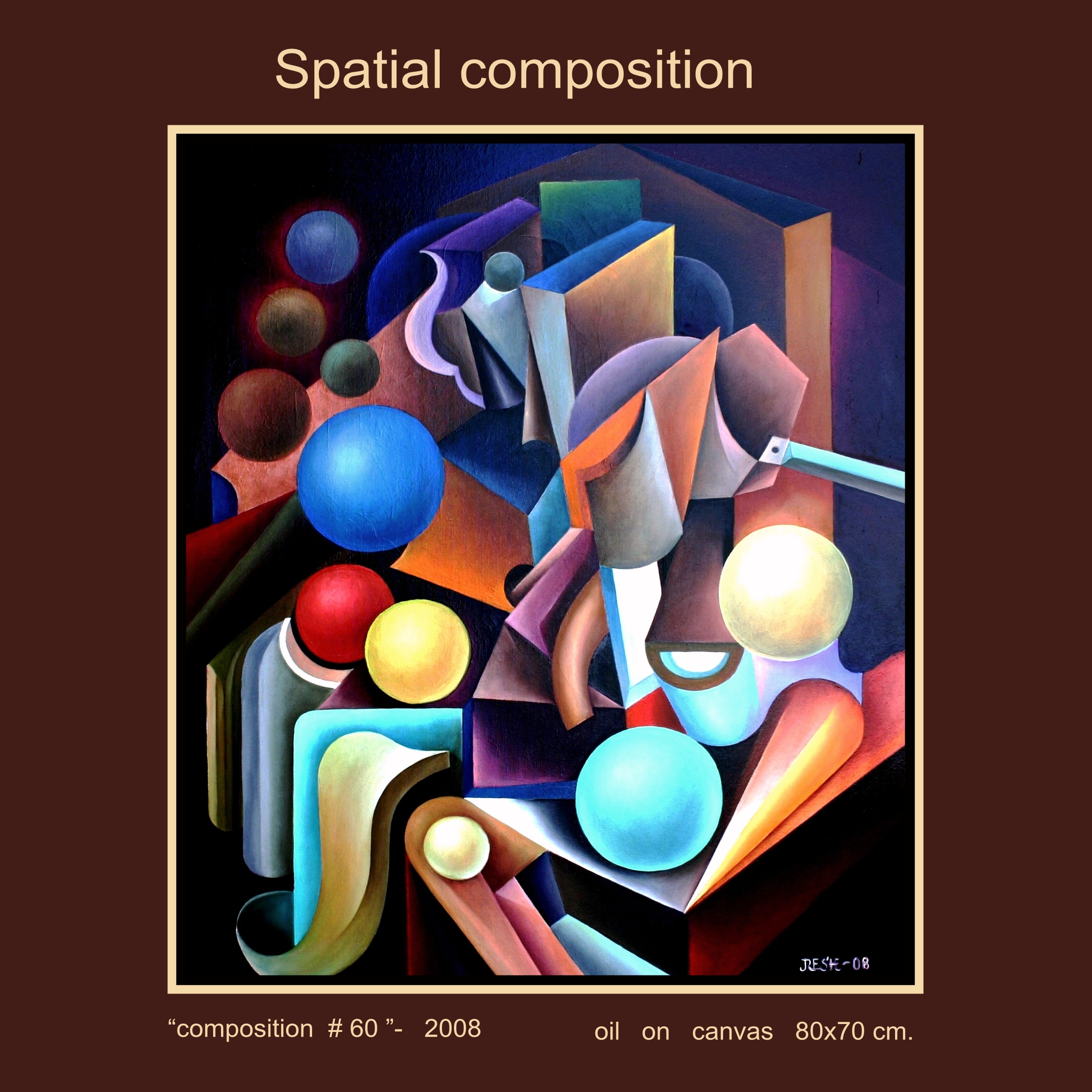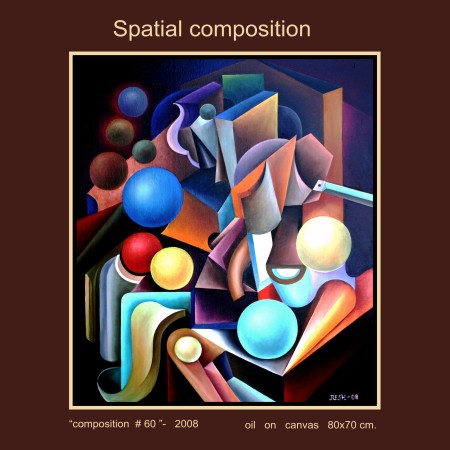Geometry and art — history development
Geometry and art … the path of science and art intertwined in them for centuries. Geometry gave painting a new visual possibilities, enrich the language of painting and the painting of the Renaissance stimulated study of geometry gave rise to projective geometry.
In fact, there are three basic geometrical method of displaying three-dimensional space on a two-dimensional plane of the picture: the method of orthogonal projections, axonometry and perspectives. Perspective, as is evident from the figure that may be direct or reverse. All these fundamental Picture space on the plane have been implemented in the art of painting, and in different strata of artistic culture, each of these methods found its fullest and purest expression. Thus, the system of orthogonal projections made geometric base painting of ancient Egypt; axonometry (parallel perspective) typical for the painting of medieval China and Japan; reverse perspective – for frescoes and icons of Byzantium and Ancient Rus; linear perspective – a geometric language of Renaissance painting and easel and monumental painting of the XVII century European art and Russian art XVIII- XIX centuries.
Thus, the orthogonal projection – axonometry – perspective. It is for this scheme was the development of the geometry of the painting. Apparently, the simplicity of the method is primarily determined by its position in the scheme. The method of orthogonal projections of the most just take it in the first place. Orthogonal projection passed without distortion outlines of real objects, and the idea of the method, as rightly observed by Leonardo da Vinci, was inspired by the very nature of man: the shadow cast by the evening sun on the wall, and was the first picture painted by this method. However, the orthogonal projection can not pass the depth of the real space, so has the art of ancient Egypt appeared timid shoots perspective.
Axonometry a suitable choice of the point of view without distortion passed the frontal plane of the depicted object; it gave an idea of the depth of the space, although it was difficult to understand how The length of this depth. A rigorous mathematical perspective view on how the central projection with an infinitely remote center has developed relatively recently, in the XVIII century, in the writings of the German mathematician and philosopher Johann Heinrich Lambert (1728- 1777). However, as a lax method of image space on the plane axonometry, then called the prospect of free-style, it has long been known. Starting with Ptolemy (II.) And up to the XVIII century (until descriptive geometry) plans of cities portrayed in freestyle run, as if from a bird’s flight. (This principle is now widely used in tourist circuits.)
Deficiencies in the transmission perspective of deep space with “Liberty” free prospects have been corrected in the Renaissance system perspective. This system had uniform rules based on mathematical proofs, why it got the name of a scientific system perspective. Renaissance perspective – the most complex geometrical method of painting. Built with the laws of geometry (geometric optics), it most accurately reproduce the visible world of man. Renaissance perspective, as well as the whole philosophy of the Renaissance, a man opened the “window to the nature” infinitely expanded the horizons of the human perception of the world.
Thus, each of the three geometrical methods was the next stage in the development of the art of painting, a new step in the search for more accurate and complete transmission system of visual sensations. Curiously, in the same way there is a development and children’s drawings, though many did not rise above its first stage. Psychologists many argue why children start to paint it with “orthogonal projection”, although it seems to us, the main reason for that is simple and natural methods that with the birth of the child demonstrates the Sun itself.
Again, pay attention to the fact that man is surrounded by two geometric space, although similar, but different. One thing – it is an objective, or real space. Other space is created in our minds working together eyes and brain. This space we “see”, we perceive in our minds, so it is called subjective or perceptual * .. Thus, the history of art was through the objective approach of the image space to space seems perceptive. The peak in this way can be considered the birth of the so-called perceptual perspective that was realized intuitively artists XIX – XX centuries and exhibit their paintings in the form of various “deviations” from the perspectives of the Renaissance. The general theory of perspective, which includes as special cases and the Renaissance, and perceptual perspective was developed in these days Academician BV Rauschenbach.
* (From the Latin. Perceptio – perception.)
However Raushenbaha been shown that there is no ideal system perspective in the perceptual image space, as there is no ideal (m. E. Not carrying a distortion metric) image display techniques are three-dimensional space on a two-dimensional plane. “Ideal” image of three-dimensional space (both objective and subjective) is impossible in principle, and therefore, the artist for all his desire is able to give to the canvas only the geometrical picture of the outside world. Depending on the needs of the artist has the right to elect one or another geometrical method, which will allow him to reveal the brighter the image conceived them. Therefore, it is not necessary, as critics like to do, blame the Egyptian artist to excessive naivety, his childlike drawing of the Japanese – in the flaw depth of ancient – the error of his prospects, and the Renaissance artist to declare the irrefutable truth in painting, even though the latter are often accused of photographic excessive.
Each geometric painting system has its advantages and disadvantages: one system is better conveys an objective space, and the other – subjective. Therefore, each system has its own expressive possibilities and “impossible.”

